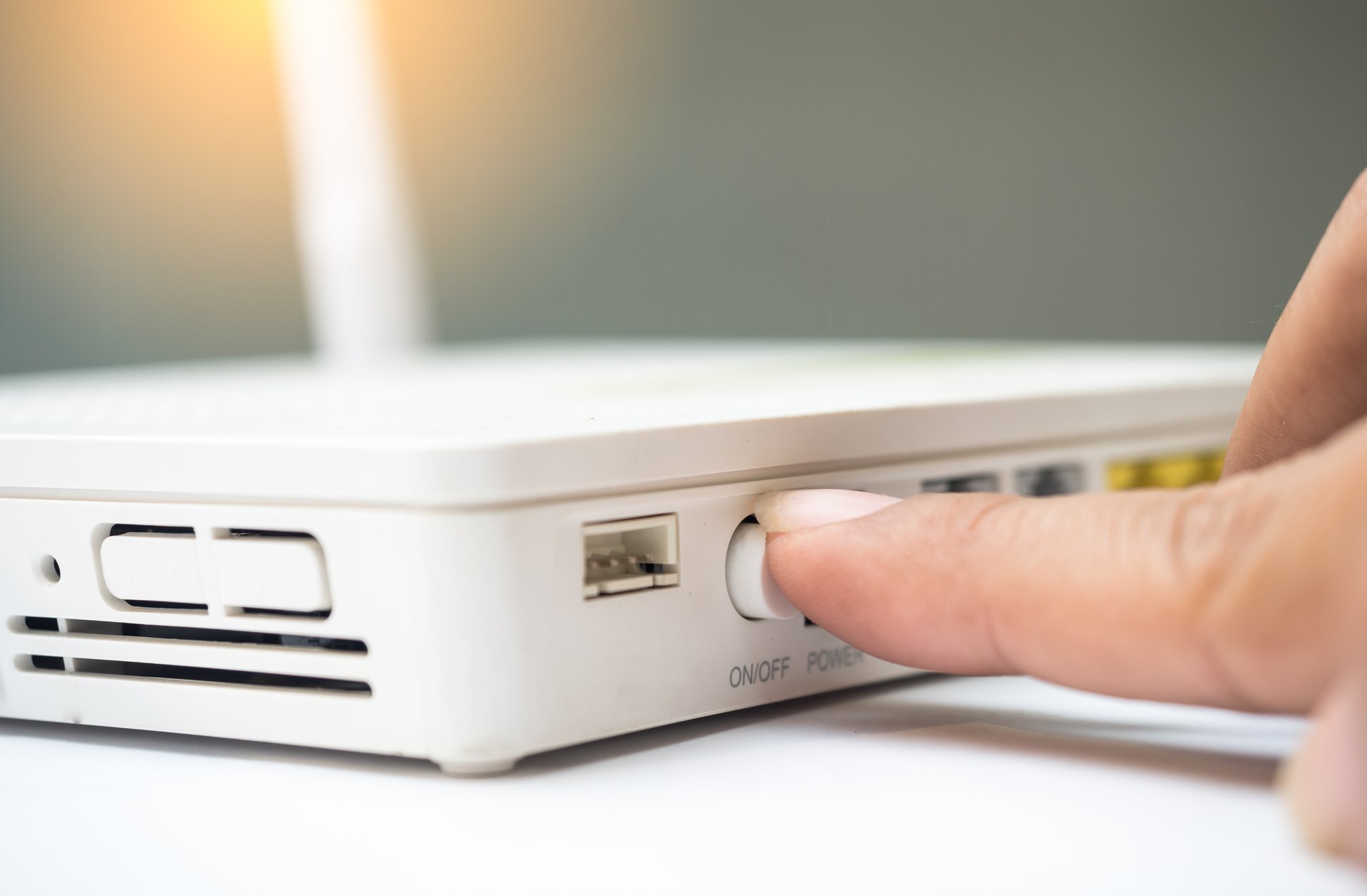
Malicious software, or malware, linked to Russia has been making headlines.
The news might seem like a lot to keep up with. The group behind the malware goes by multiple names and has been linked to Russia’s military intelligence agency, the New York Times reports. It’s the same group that hacked the Democratic National Convention before the 2016 presidential election.
Fortunately, protecting your own internet connection from these “foreign cyber actors,” as the FBI calls them, is relatively straightforward. You can do it in a matter of minutes, if not seconds.
The danger
The hackers use the malware, called VPNFilter, to attack home office routers and small office routers, according to the FBI. They have already compromised hundreds of thousands of routers worldwide.
These devices are a key component of wireless networks, making them key to getting online in a home or office with a wireless internet connection. If you have a router, it’s likely a black or white rectangular box located near the main computer in your home.
The VPNFilter malware can disable your router, block network traffic and potentially collect information that passes through your router, the FBI warns. To make matters worse, this malware is difficult to detect.
The fix
The FBI is urging everyone with a router to reboot the device.
PCWorld reports this is as simple as unplugging the router from the wall, waiting 30 seconds and plugging it back in. Forbes recommends a more thorough way to reboot, though. Check out the Forbes website for more details.
You may also find further information about rebooting that is particular to your router in the device’s manual, or on the manufacturer’s website.
Additionally, the FBI advises that you strengthen device passwords and consider doing the following:
- Turn off remote management settings for devices that connect to your home network.
- Make sure devices that connect to your home network are updated to the latest available version of firmware. Check the manufacturer’s website if you are unsure whether your router is updated.
- Select new passwords.
What’s your take on this news? Share your thoughts below or on our Facebook page.




Add a Comment
Our Policy: We welcome relevant and respectful comments in order to foster healthy and informative discussions. All other comments may be removed. Comments with links are automatically held for moderation.